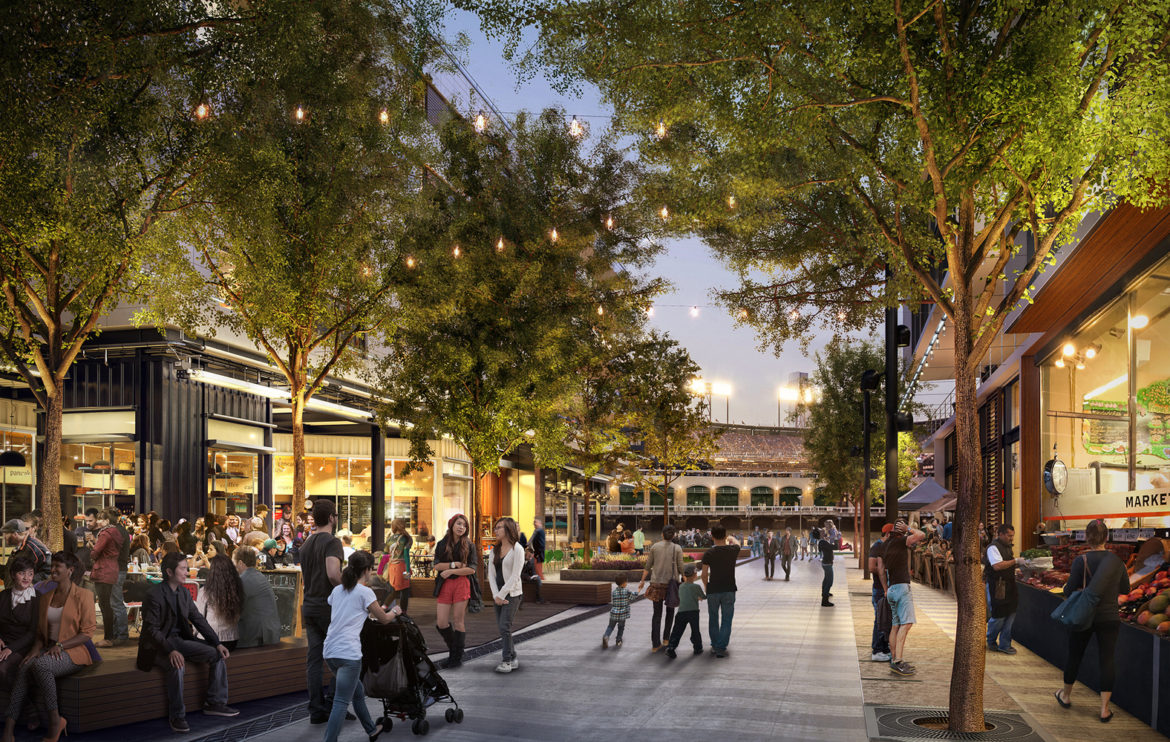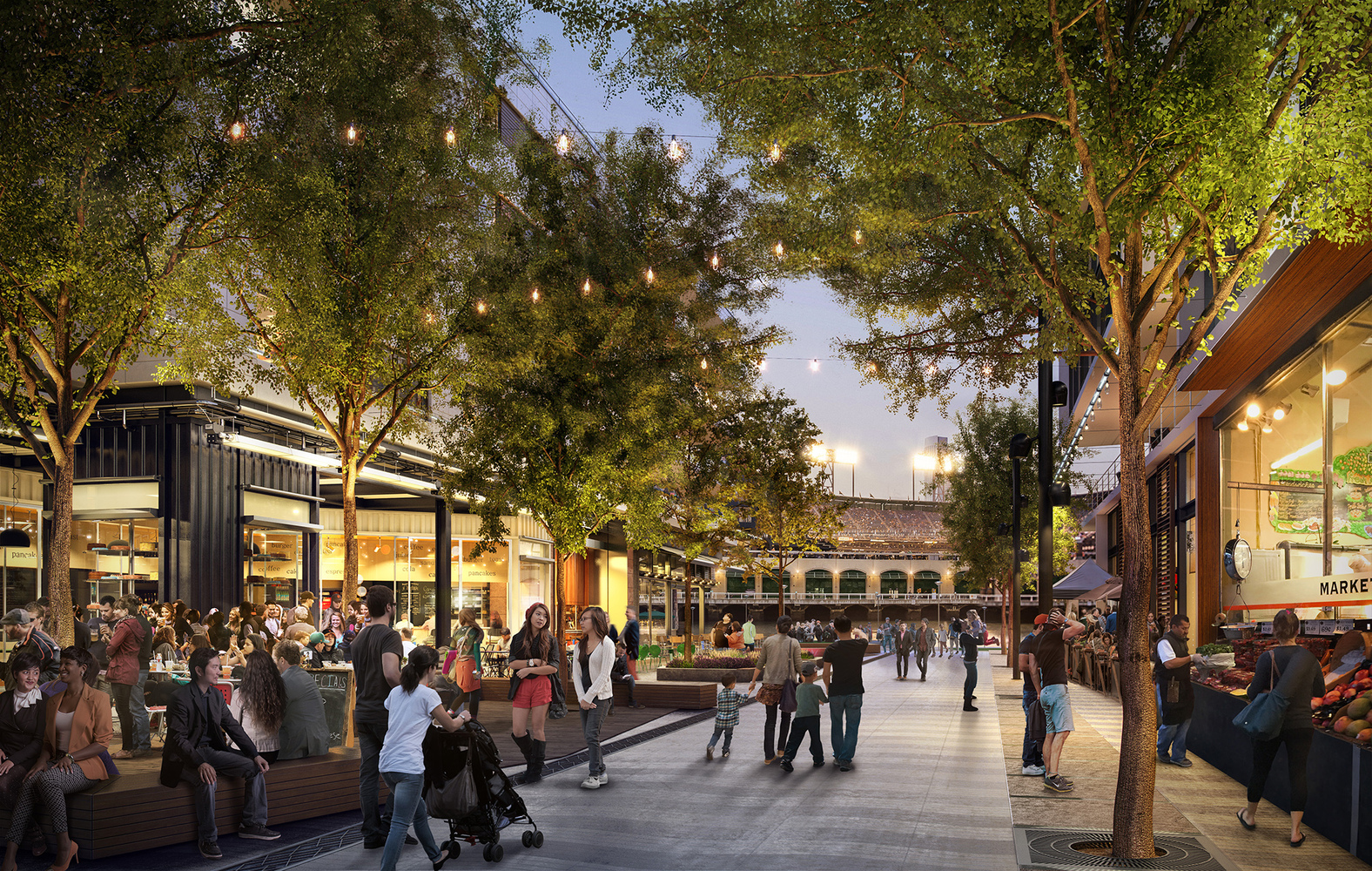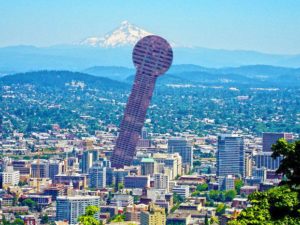
Kristen Hall reports for ArchDaily: “In every country, everywhere, the streets are the place where public life is lived every day. From Algiers to Zurich, streets are filled with people doing everyday things like chatting with their neighbors, hanging laundry, watering flowers, buying food, and socializing their children. If we are to rethink the idea of the street, we would need to find a way to ensure this vitality of public life has space, in all its forms, and in all its public-ness. “When drawing a street on a plan, you start with a centerline and offset it on two sides. It is quite literally a line connecting two places with a certain width. This width is almost always determined by an engineer who is trying to match an algorithm for how many lanes are needed for the cars that will drive down this street, and how many utilities will need to comfortably fit here. Instead, we should think about streets and all their various uses—as places for gathering, finding our way, living more healthfully, with nature, and with each other… and build from there.”








